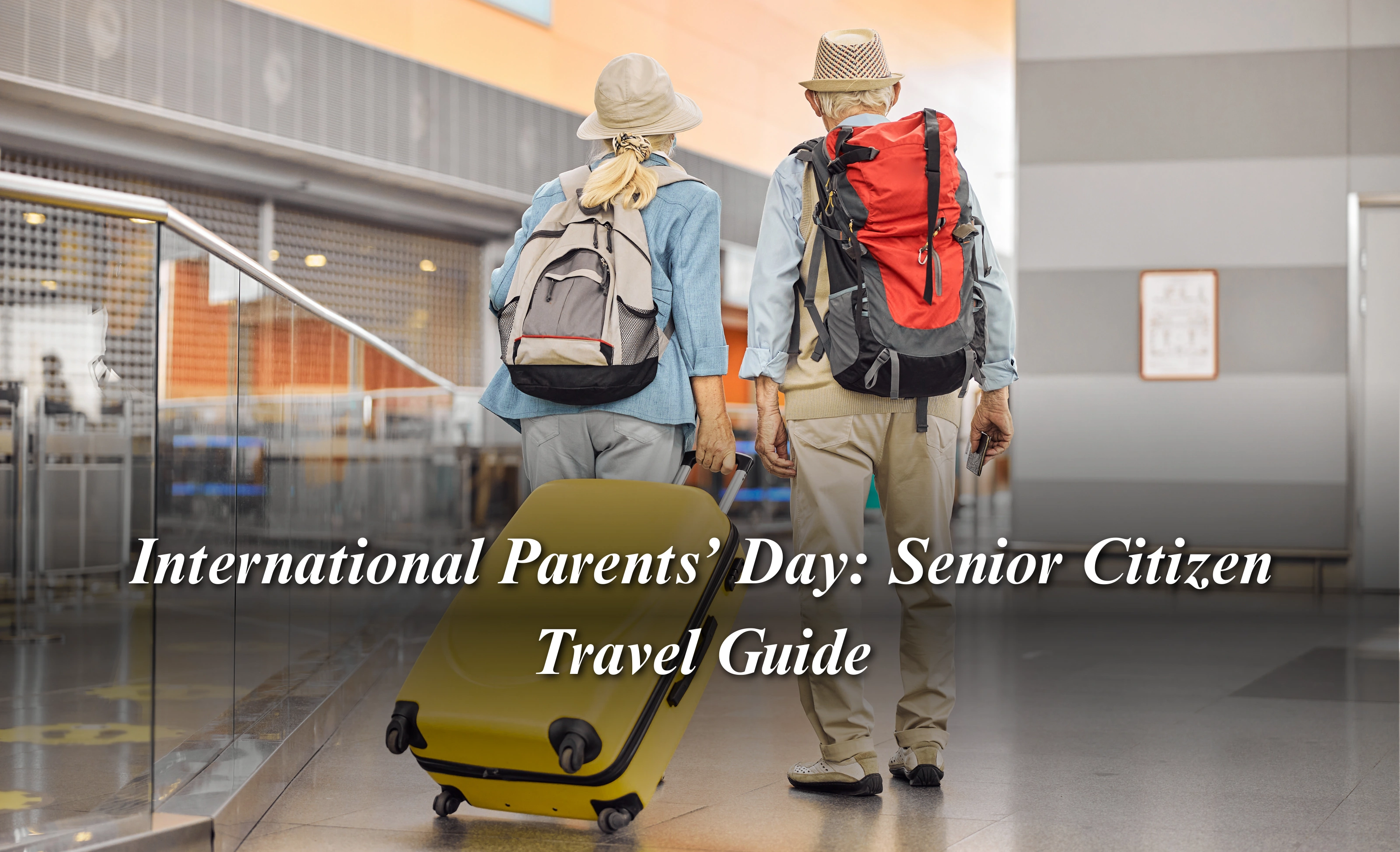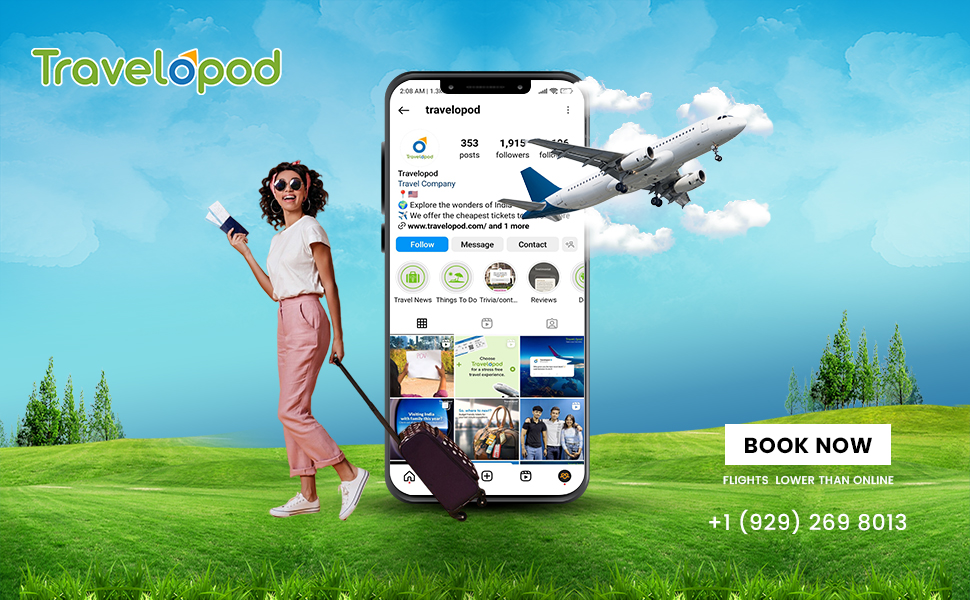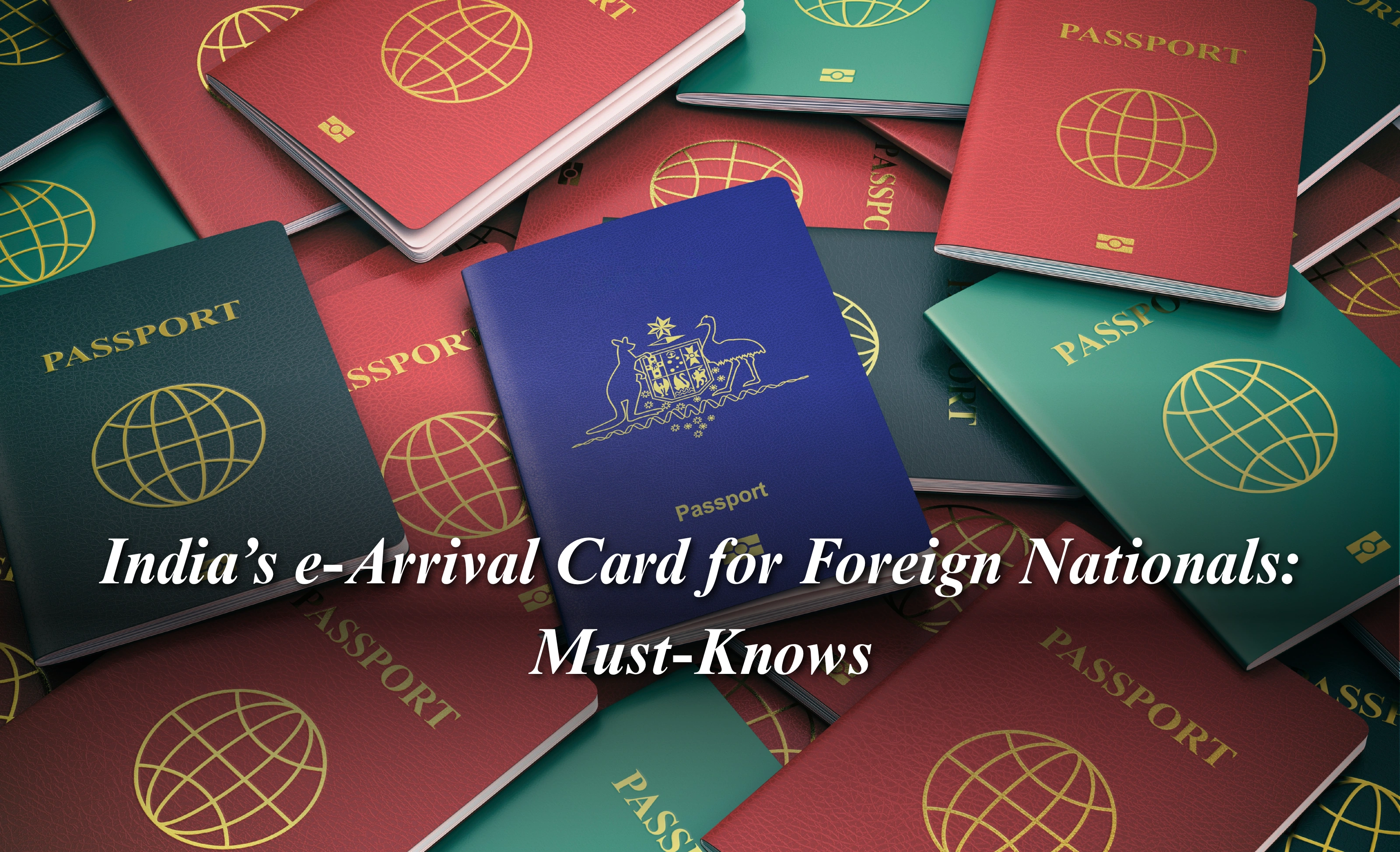International Parents’ Day Journeys: Guide to Smooth Senior Citizen Travel to India
by Travelopod
September 24, 2025

International Parents’ Day, celebrated on the fourth Sunday of July, is all about honoring the ones who raised us and showing them how much we love them. What could be a better way than taking them back to their roots in India? And when it comes to senior travel from the US to India, there’s a lot more to think about than just booking a ticket.
Flights. Medications. Wheelchairs. Customs forms. The whole process can feel like a maze if you’re not prepared. But here’s the good news: with the right steps, it doesn’t have to be stressful. This guide breaks it all down, what to do before, during, and after the flight, to ensure your parents travel safely, comfortably, and without unnecessary chaos.
Before the Flight: Get The Basics Right
Before the Flight: Get The Basics Right
Let’s be real, traveling internationally is no walk in the park, especially for seniors. There’s a checklist. And skipping any part of it can lead to last-minute panic.
1. Get the Visa They’ll need a valid Indian visa or an e-Visa. The e-Visa is faster, sure, but don’t forget to print a few copies. Indian immigration officers still love paper trails. If they have an OCI Card, they do not need a visa to enter the country.
2. Sort the Medical Paperwork You’ll need a note from their doctor that lists all existing conditions, medications (with generic names), dosages, and any medical equipment (CPAP machines, oxygen concentrators, pacemakers). If they’re traveling with syringes or injectables, that needs to be authorized too.
3. Specify Medical Needs Fill the MEDIF form if your parent needs oxygen onboard or mobility aids beyond the usual. Submit it a few days before the flight, don’t wait till the last minute.
Booking the Right Flight
Booking the Right Flight
- Book direct flights whenever possible. Yes, they cost more, but the time saved and the stress avoided are worth every dollar spent.
- If there has to be a layover, make sure it’s at least 3–4 hours long and the airport is senior-friendly (avoid complicated hubs with confusing terminals).
- During booking, specify any special needs such as wheelchair assistance from the curb to the gate (and vice versa after arrival). Also, opt for pre-boarding, so they don’t have to shuffle through a crowded jet bridge.
- Request aisle seats, preferably near the restroom or in the bulkhead row. Avoid middle seats at all costs.
Packing Smart: Think Like a Traveler
Packing Smart: Think Like a Traveler
This isn’t a weekend trip to the beach. The goal is comfort, accessibility, and having exactly what they need in reach.
- All medications should be in a carry-on bag. Not checked luggage. Keep them labeled and in original bottles.
- Pack compression socks for DVT prevention. These aren’t optional on a long-haul flight. Add a neck pillow, light shawl, and noise-canceling headphones.
- Snacks that won’t melt or crumble. Pack granola bars, mixed nuts, and dried fruits. Nothing messy. Nothing with strong smells.
- Hydration is key. Bring an empty bottle and fill it post-security. Tell them to sip often, not gulp, throughout the flight.
At the US Airport: Keep Things Smooth
At the US Airport: Keep Things Smooth
US airports are generally efficient, but that doesn’t mean they're stress-free, especially if your parents don't travel often.
- Arrive 3.5 to 4 hours early. That might sound excessive, but it gives breathing room for everything—check-in, TSA, snack breaks, and finding the gate.
- Wheelchair attendants usually meet at the curbside if it was requested in advance. Otherwise, go to the check-in counter and ask for it.
- TSA for seniors is easier. Travelers over the age of 75 usually don’t have to remove their shoes or light jackets. If your parent has a pacemaker or any medical device, inform the agent beforehand. You can also download a TSA notification card, a simple form that explains the medical situation without the need to convey it to them at the airport.
Arrival in India: One Last Stretch
Arrival in India: One Last Stretch
After the flight, there’s still some navigating to do. But Indian international airports have stepped up their game in the last decade.
- Immigration requires passports, printed visas, and an arrival card.
- Biometric scans (fingerprints and facial recognition) are standard; don’t be surprised.
- Wheelchair assistance should continue through baggage claim and customs, if it was pre-booked.
- Customs matters. Declare if they’re carrying over $5,000 in cash or a total of $10,000+ in forex (cash + cards), or any brand-new electronics.
Final Touches: SIM & Cash
Final Touches: SIM & Cash
Before walking out into the Indian heat, take care of connectivity and cash. Purchase SIM cards are available at the airport, or install an e-SIM before the flight for hassle-free connectivity. Keep the following documents handy if you are planning to get a SIM card at the airport:
- A passport copy
- Visa printout
- Passport-size photo
- Proof of address (a hotel booking works)
Airport exchange counters aren’t always generous. Withdraw a small amount of rupees for immediate use, then use an ATM in the city for better rates.
Final Thoughts
Final Thoughts
So if you're helping your parents travel to India this Parents’ Day, you're not just planning a trip. You're making memories possible. You're bridging continents so they can see their grandchildren, visit old friends, or just sit in the house where they grew up.
And that’s worth every form, every checklist, every moment of patience.
Need help booking the right flight for your parents? At Travelopod, we specialize in exclusive phone-only deals on non-stop flights to India, especially for seniors. Our travel experts will take care of every little thing that matters. Call now at 1-929-269-8013
EXPLORE MORE



